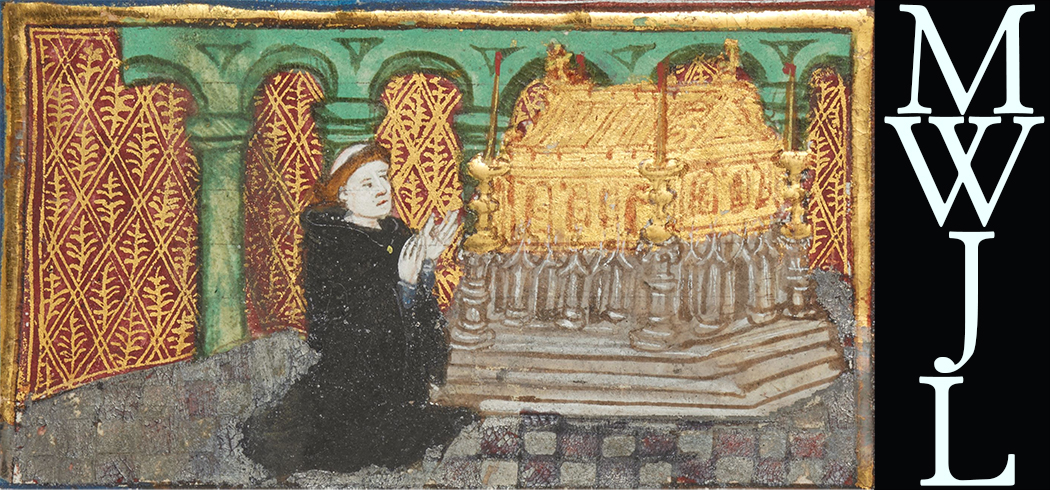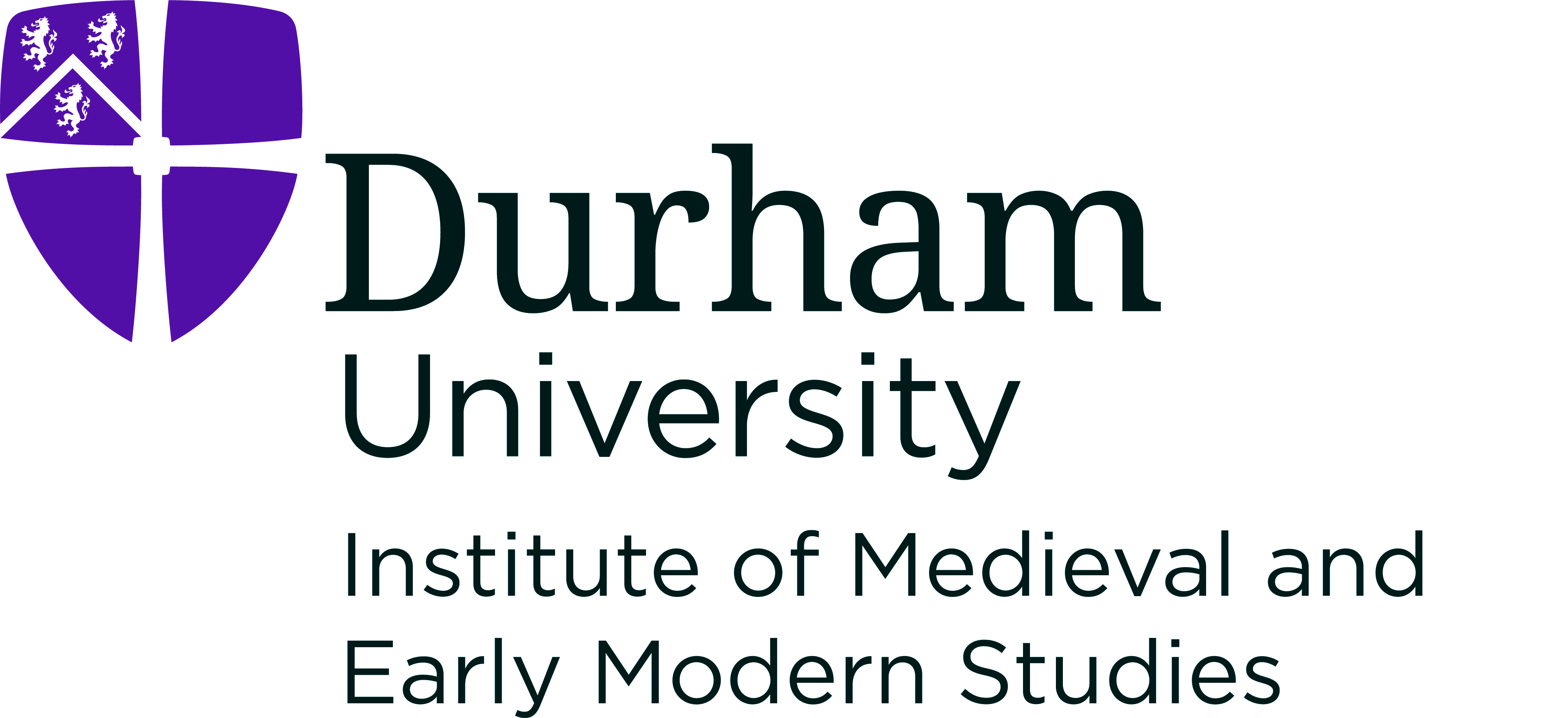 A Mumming at London:
British Library Additional 29729 Verses
A Mumming at London:
British Library Additional 29729 Verses
HomeAbout the ArchiveAbout John LydgateWorksManuscriptsAbout this ManuscriptEditorial ApparatusContactVisualization
Folio 141 Verso
Compare Witnesses: •
¶
and all thos chaunges / yf they
be sought •this falls lady hath them wrought •
aualed with ther sodayne shures •
rede of poetes the comedyes •
and in dyuers tragedyes •
ye shall by lamentacyons •
ffynden ther distruccyons •
athousande mo / than I can tell •
Inn to myscheffe how they fell •
doune from hir wheell / on see and lande •
Notes
-
This could be "hys," but comparison with "his" beginning the fourth line on this page suggests that it's meant as "him," especially when the latter is compared with "hys" on this line. ↩
-
Bracketed on both sides. ↩
-
Bracketed on both sides. ↩
-
As with other items in this witness a "y" or "h" appears as the final glyph of words with the "oun" ending. However, unlike with other examples the "y" appears to have been struck out here. ↩
-
The scribe forgot the "n", and has included it above the space between "y" and "e" in this word. ↩
-
Trinity R.3.20 has "Þer-fore" rather than "yet" here. ↩
-
Bracketed on both sides. ↩
-
Bracketed on the left. ↩
-
Bracketed on both sides. ↩
-
Bracketed on the left. ↩
-
Bracketed on both sides. ↩










